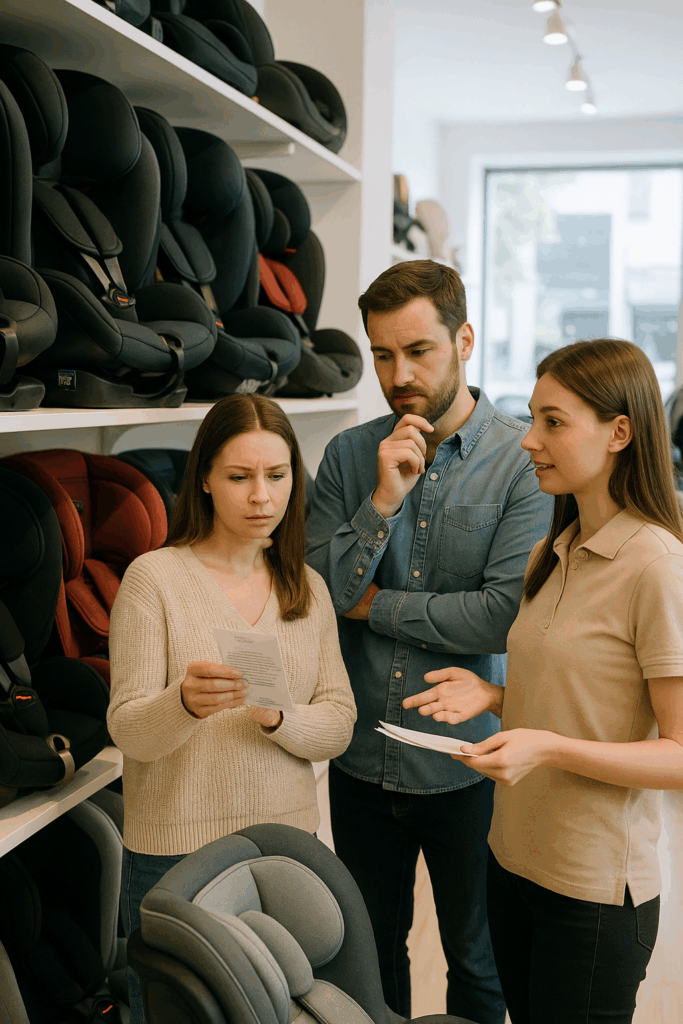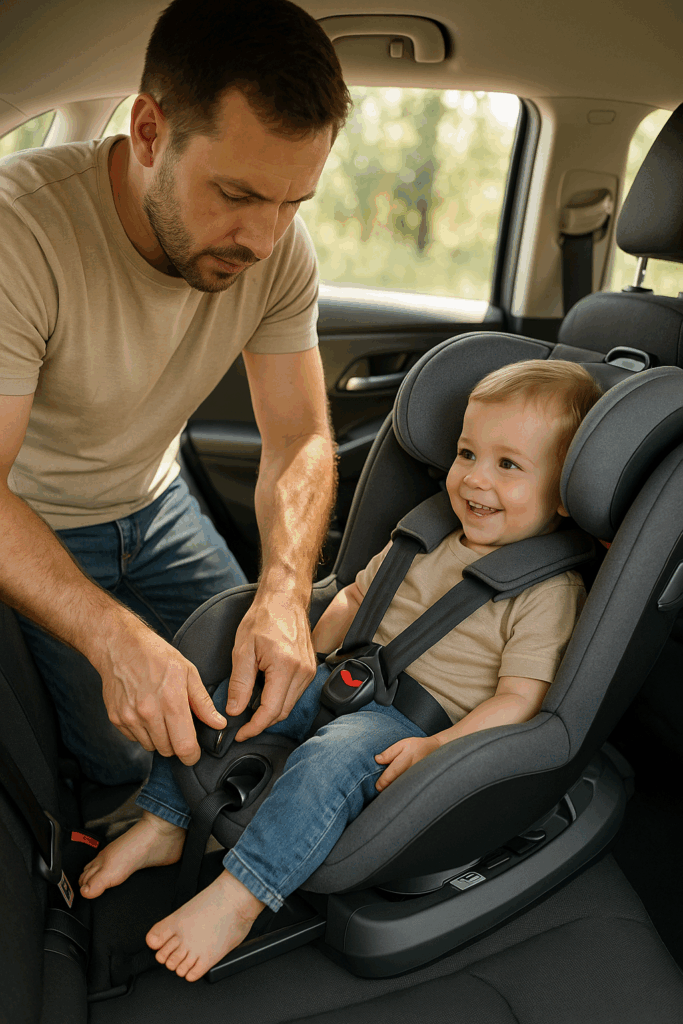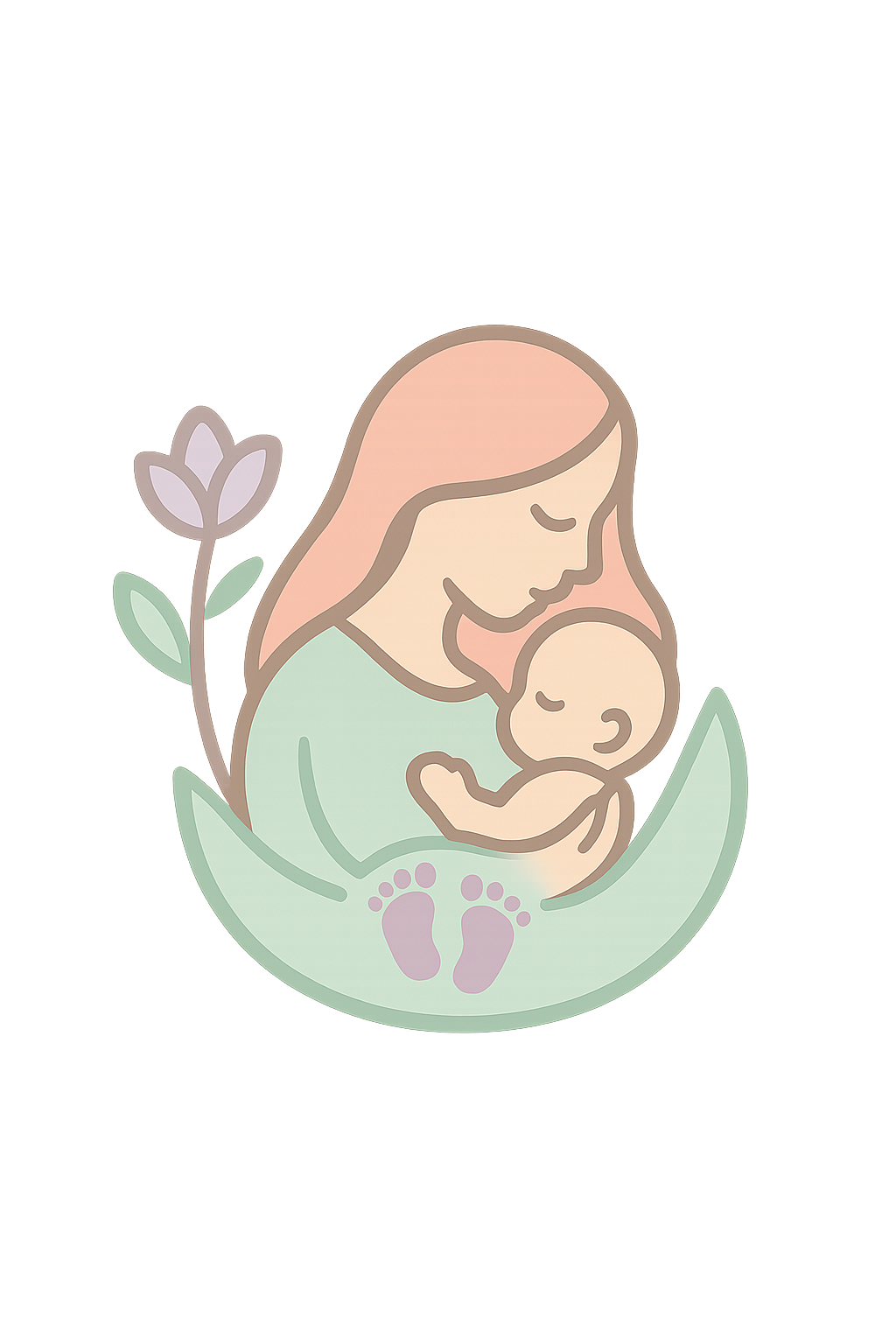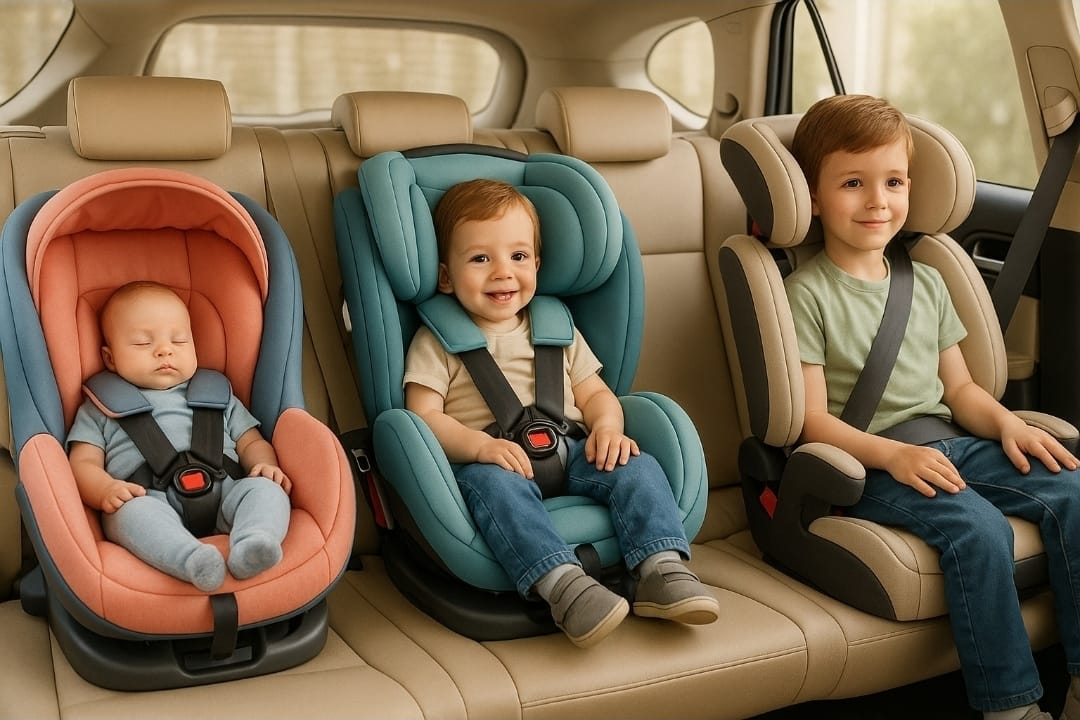When it comes to keeping your baby safe, few purchases are as important as a baby car seat. Whether you’re bringing your newborn home from the hospital or driving your toddler to daycare, choosing the right car seat can literally be a lifesaver.
In this guide, we’ll cover everything parents need to know about baby seats — the types, safety regulations, installation tips, price ranges, and how to find the best fit for your child’s age and weight.
Table of Contents
Why Baby Car Seats Are So Important
Using a reliable car seat is vital for your child’s safety on the road.
According to European safety standards (R129/i-Size), car seats are designed to reduce injury risk by protecting your baby’s head, neck, and spine in the event of an accident. Using a properly fitted car seat can reduce fatal injuries by up to 70% in young children.
That’s why choosing, installing, and using the right car seat correctly every time is essential.
Car Seat Stages by Age and Weight
Baby seats are divided into stages or groups based on your child’s age, weight, and height. Understanding these categories helps you choose the safest seat for your baby’s current stage — and know when it’s time to upgrade.
| Car Seat Group | Approx. Age | Weight / Height | Seat Type | Direction |
|---|---|---|---|---|
| Group 0 / 0+ | Birth – 12 months | Up to 13 kg / 75–85 cm | Infant car seat | Rear-facing |
| Group 1 | 9 months – 4 years | 9–18 kg / up to 105 cm | Convertible car seat | Rear- or forward-facing |
| Group 2/3 | 4 – 12 years | 15–36 kg / up to 150 cm | Booster seat | Forward-facing |
Tip: Many modern seats are “all-in-one” or “multi-stage,” growing with your child from newborn to toddler and beyond.
Group 0 / 0+: Infant Car Seats (Newborns – 12 Months)
- Best for: Newborns and babies up to 13 kg (roughly 12 months).
- Position: Always rear-facing for maximum head and neck protection.
- Features: Padded support, carry handle, and often compatible with strollers (travel systems).
Group 1: Convertible Car Seats (9 Months – 4 Years)
- Best for: Babies and toddlers between 9–18 kg or up to 105 cm.
- Position: Rear-facing for as long as possible, but can turn forward-facing once your child meets the height/weight limit.
- Features: Reclining options, adjustable harnesses, and ISOFIX compatibility for safer installation.
Group 2/3: Booster Seats (4 – 12 Years)
- Best for: Children 15–36 kg or up to 150 cm.
- Position: Forward-facing only.
- Features: High back for neck support, adjustable headrest, and seatbelt guides to ensure correct positioning.

How to Choose the Right Baby Car Seat
When buying a baby seat, look for these key safety features:
- i-Size Certification (R129) – Meets the latest European safety standards.
- Rear-Facing Option – Keep your child rear-facing as long as possible (minimum 15 months).
- Side-Impact Protection – Cushions and energy-absorbing materials on the sides.
- Five-Point Harness – Distributes crash forces safely across the body.
- Adjustability – Headrest, recline, and harness height should grow with your child.
- Ease of Installation – ISOFIX bases provide the safest and easiest setup.
How to Install a Seat Correctly
Proper installation is just as important as the seat itself. Studies show that over 60% of seats are installed incorrectly.
Installation Tips:
- Follow the manual and your car’s guide carefully.
- Check that the seat doesn’t move more than 2.5 cm side-to-side once installed.
- Use ISOFIX anchors when possible for added stability.
- If using a seatbelt installation, ensure the belt is tight and locked in place.
- Never place a rear-facing car seat in the front seat with an active airbag.
- Regularly check straps for twists or looseness.
Bonus: Many stores like Babypark or Halfords offer free installation checks when you purchase a seat.
Baby Car Seat Price Range Overview
| Category | Average Price (EUR) | Examples |
|---|---|---|
| Infant (0/0+) | €120–€350 | Maxi-Cosi, Joie, Cybex |
| Convertible (Group 1) | €250–€500 | Britax, Nuna, Joie |
| Booster (Group 2/3) | €120–€300 | Maxi-Cosi, Cybex, Joie |

Final Tips for Parents
- Replace your car seat after any accident, even minor ones.
- Avoid second-hand seats unless you know the full safety history.
- Always register your car seat online for recall notifications.
- As your baby grows, check fit regularly — shoulder straps should sit just above or at the baby’s shoulders in rear-facing mode.
Final Thoughts
Choosing the right baby seat may seem confusing at first, but it’s one of the most important decisions for your child’s safety. Focus on age-appropriate fit, i-Size certification, and proper installation — and you’ll have peace of mind every time you hit the road.
Remember: the safest seat is the one that fits your baby, fits your car, and is used correctly every time.


Leave a Reply